Configuring Azure SSO with OpenObserve and Dex


Try OpenObserve Cloud today for more efficient and performant observability.
Get Started For Free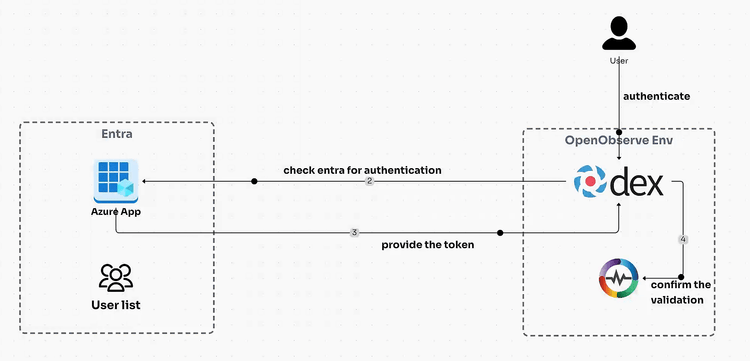
Dex is an identity service that provides authentication for applications via OpenID Connect (OIDC) and other identity protocols. It acts as a bridge between identity providers like Azure Active Directory (Azure AD) and applications like OpenObserve, enabling seamless Single Sign-On (SSO) integration. Dex simplifies user authentication, supports multiple identity providers, and allows organizations to enforce centralized authentication policies.
While both OpenID Connect (OIDC) and Security Assertion Markup Language (SAML) are used for authentication, OIDC is often preferred over SAML for modern applications due to the following reasons:
Follow these steps to configure Azure AD as an identity provider for OpenObserve using Dex:
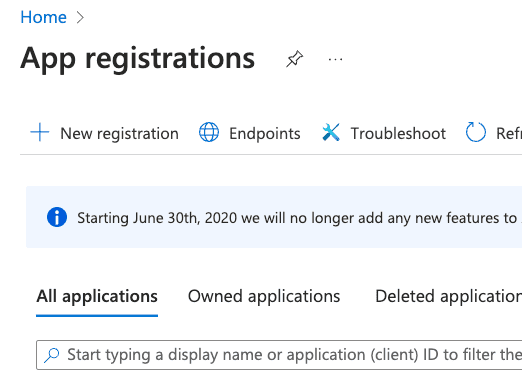
Leave the default parameters as is since we want to configure this for single tenant.
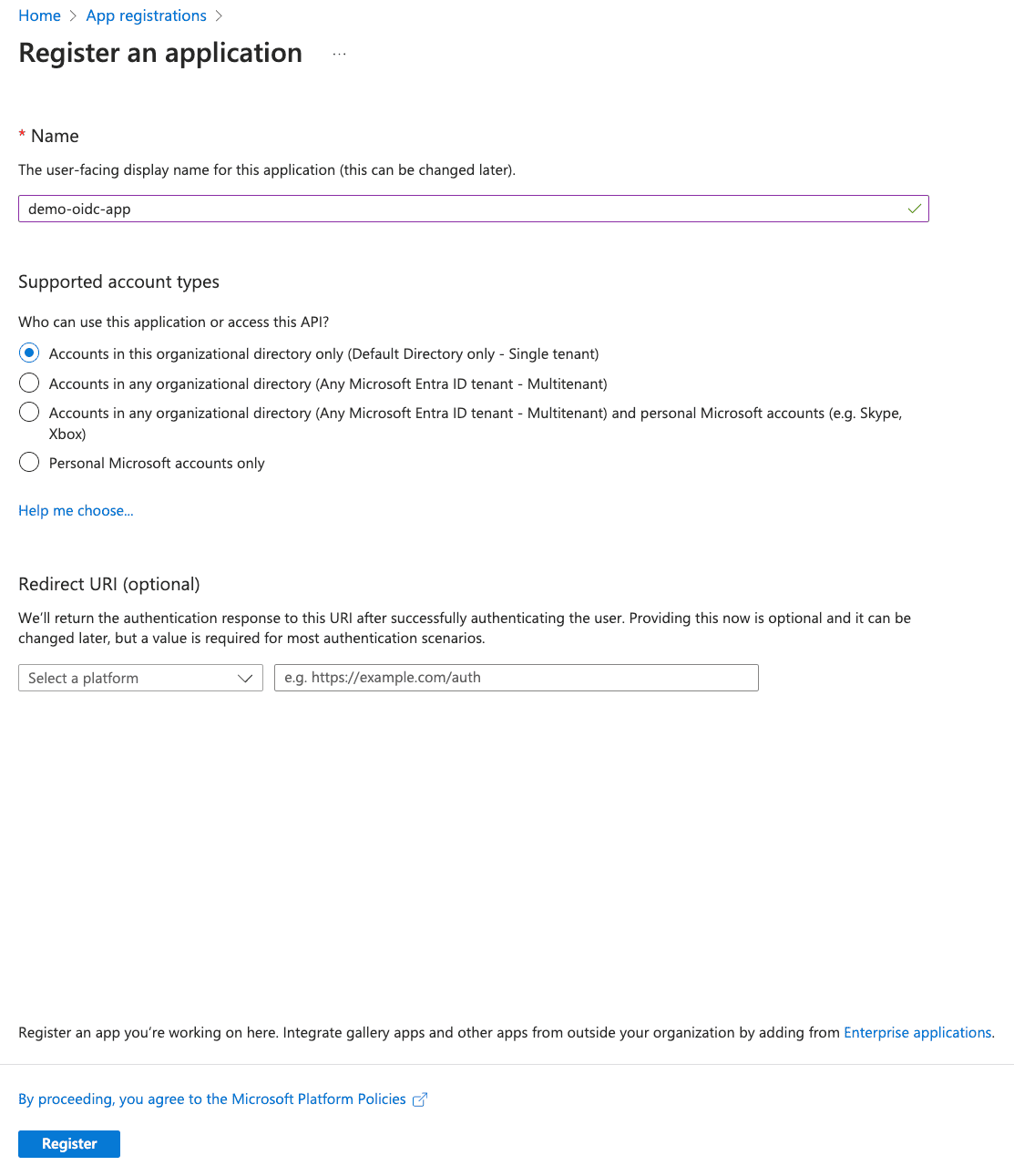
Once created, you will be able to see the below details which will be of later use.
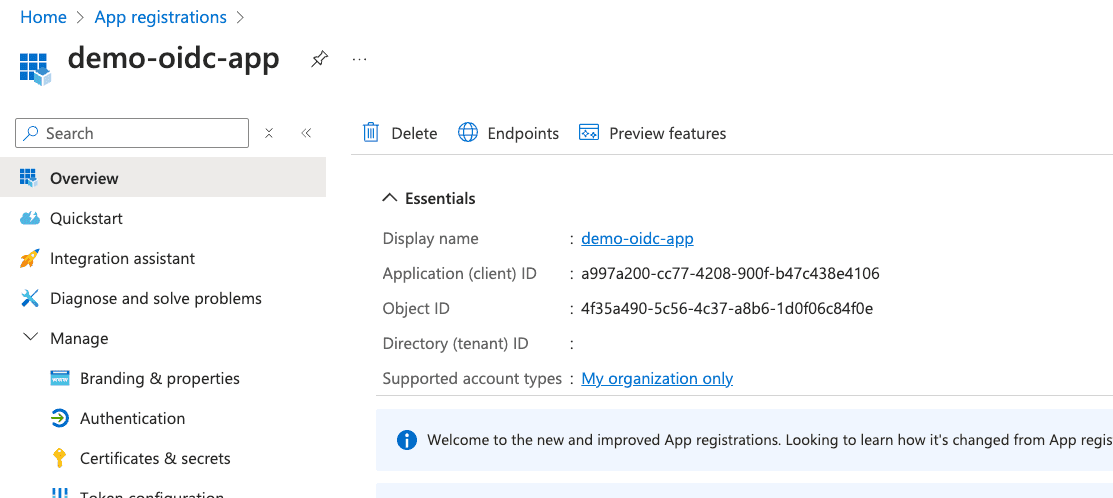
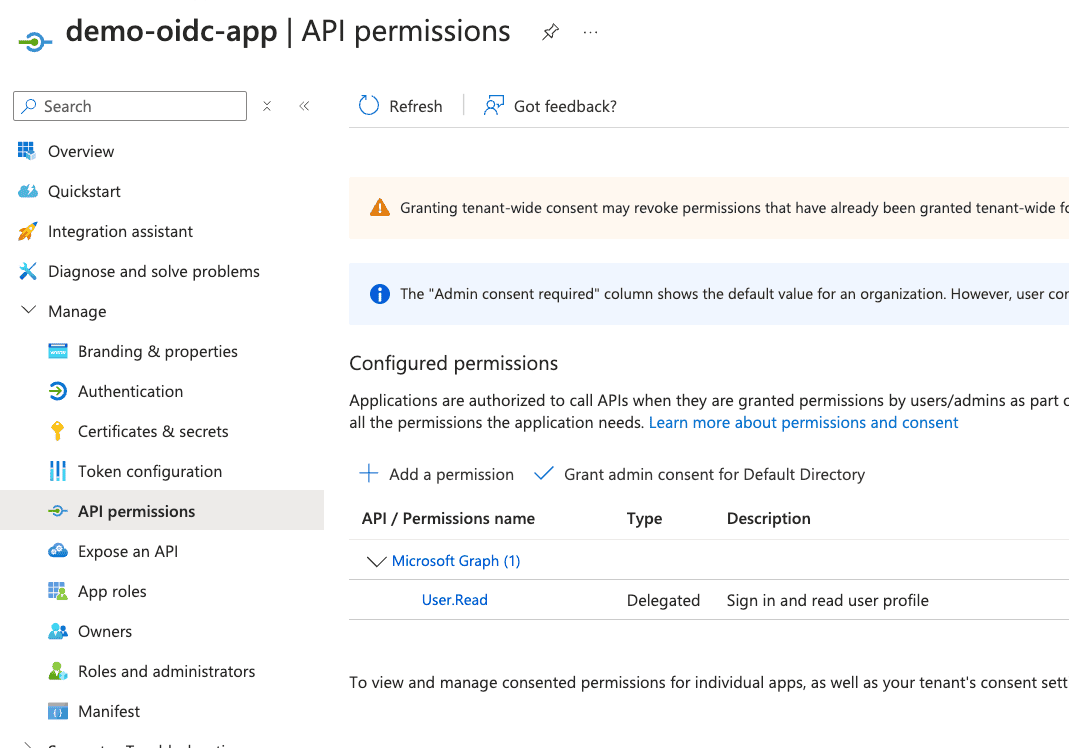
Click on Microsoft Graph
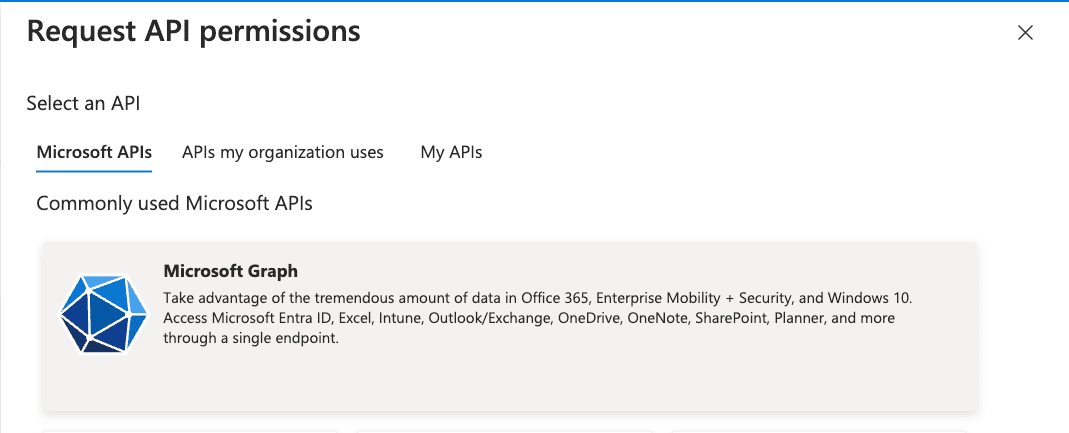
Click on Delegated permissions and select email, offline_access, openid and profile
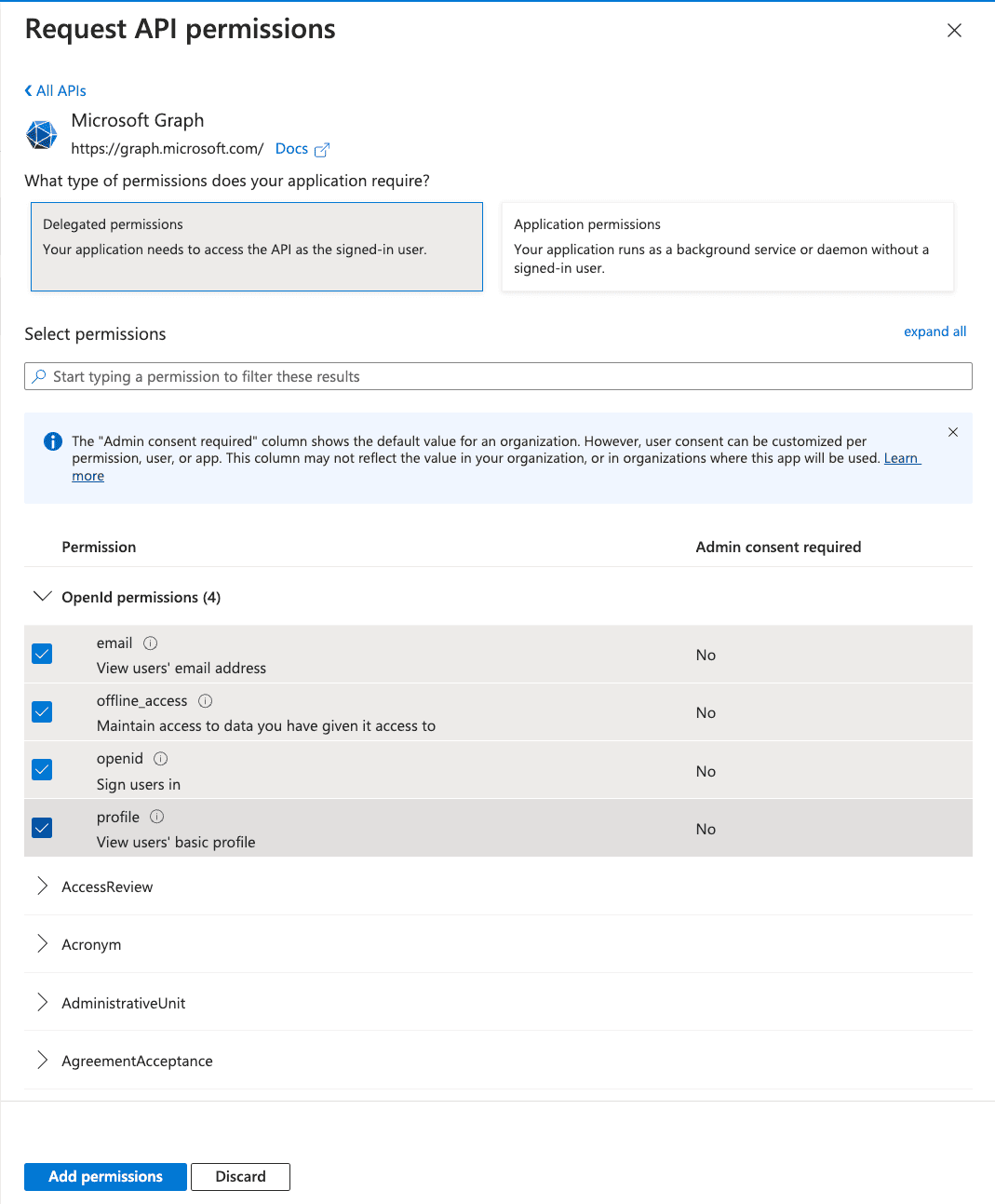
Search and select Group.Read.All permissions.
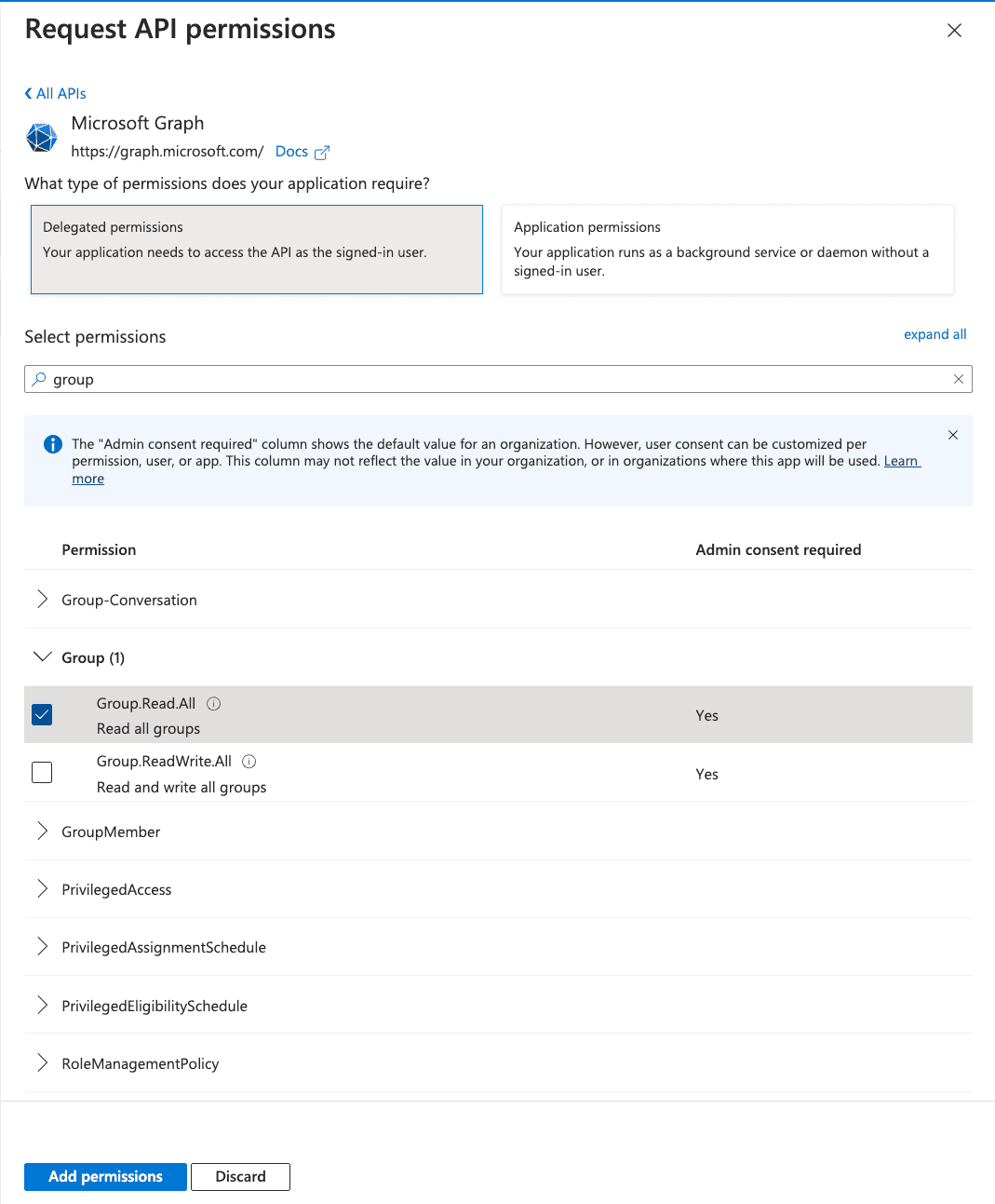
Finally, save everything
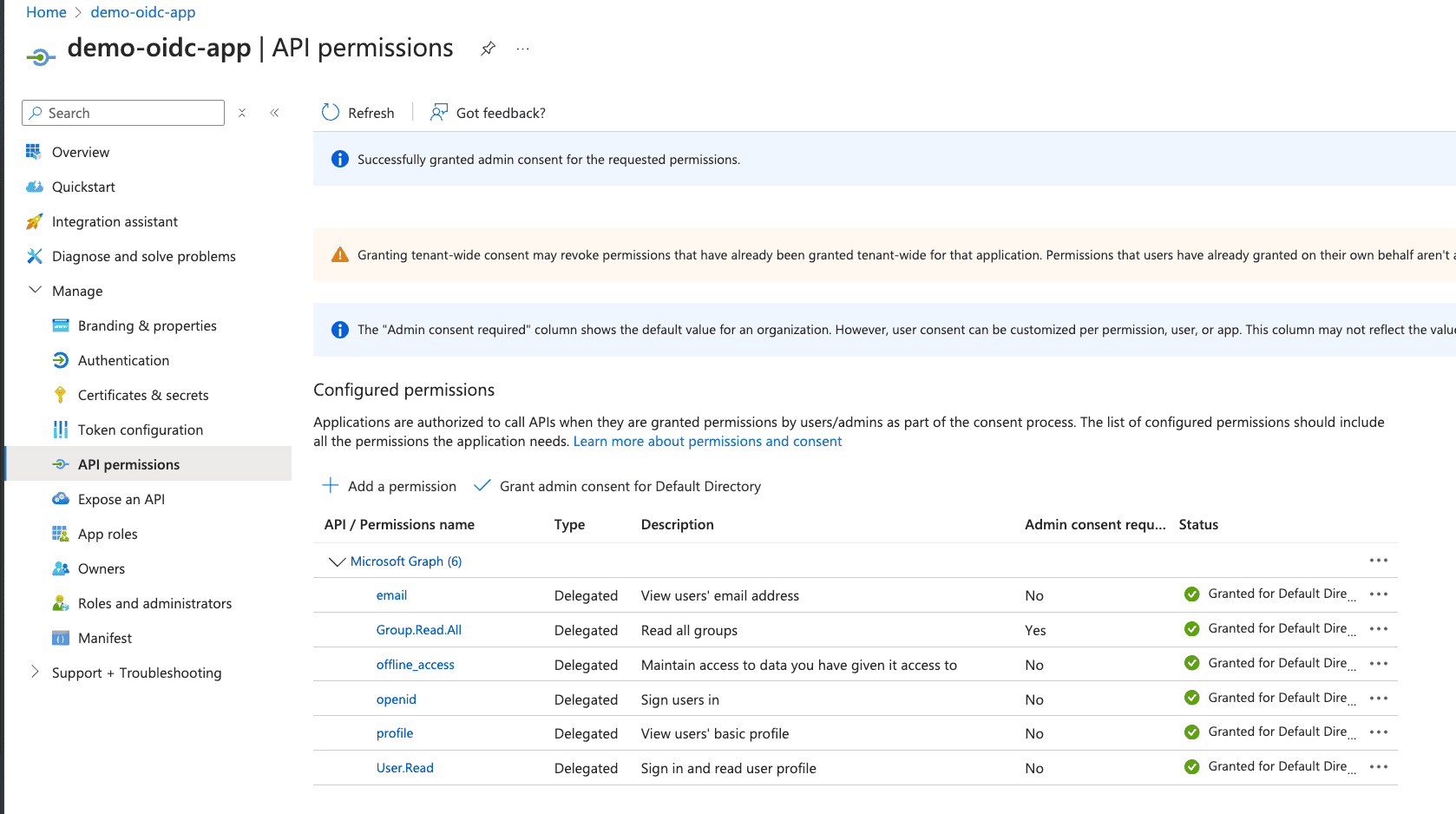

The app has been removed so added the secret value here for more detailed explanation.
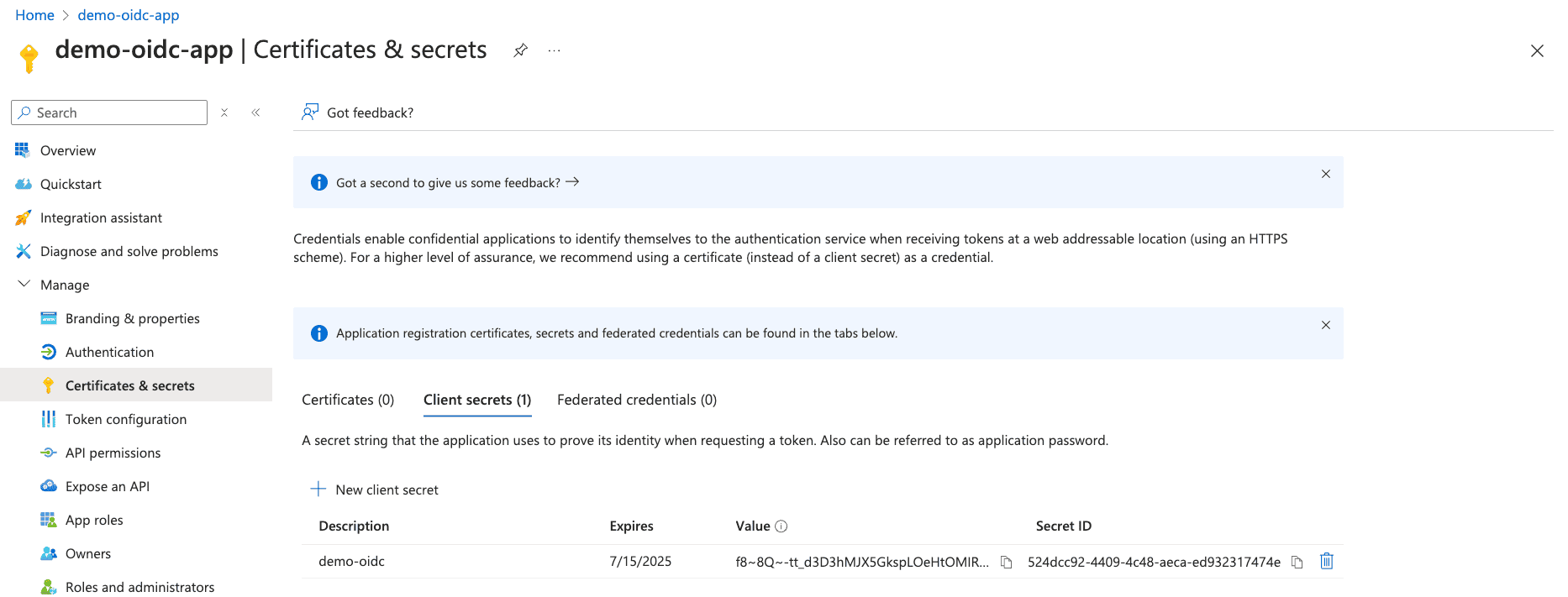
Click on Add a platform and select Web
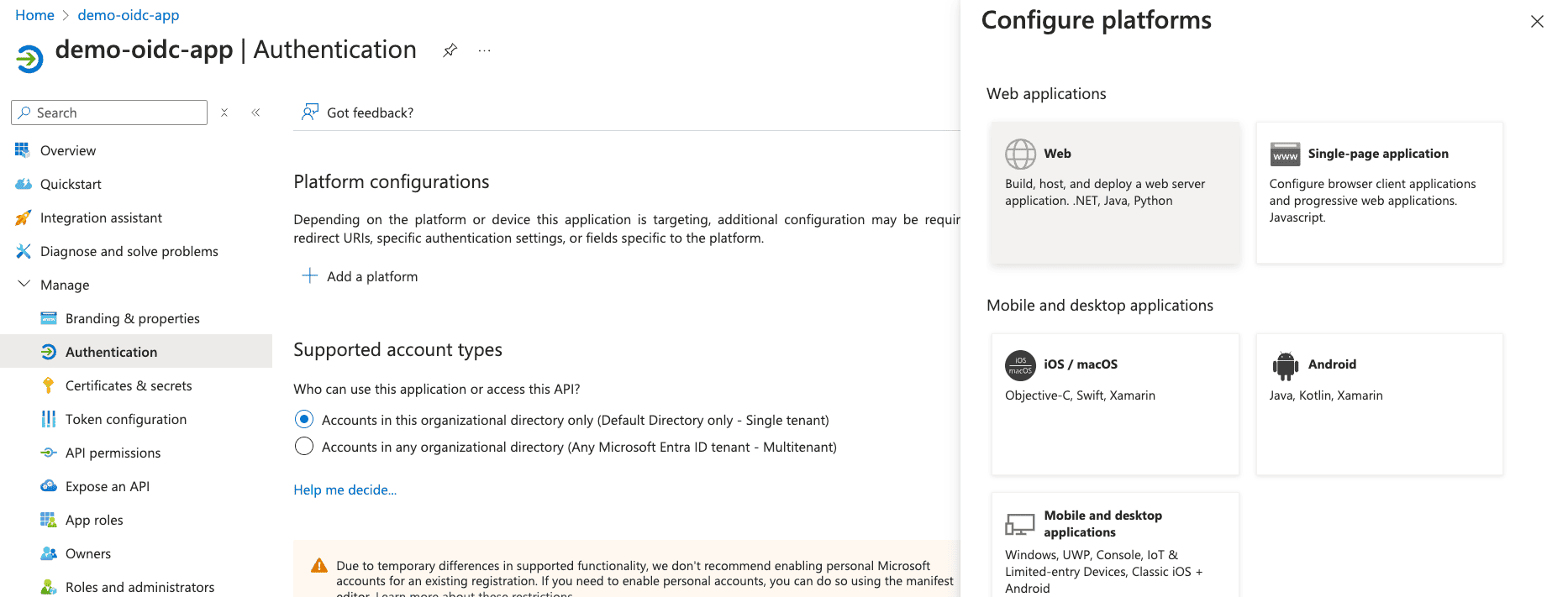
Enter the URI that will be configured in step-5 for redirectURI parameter.
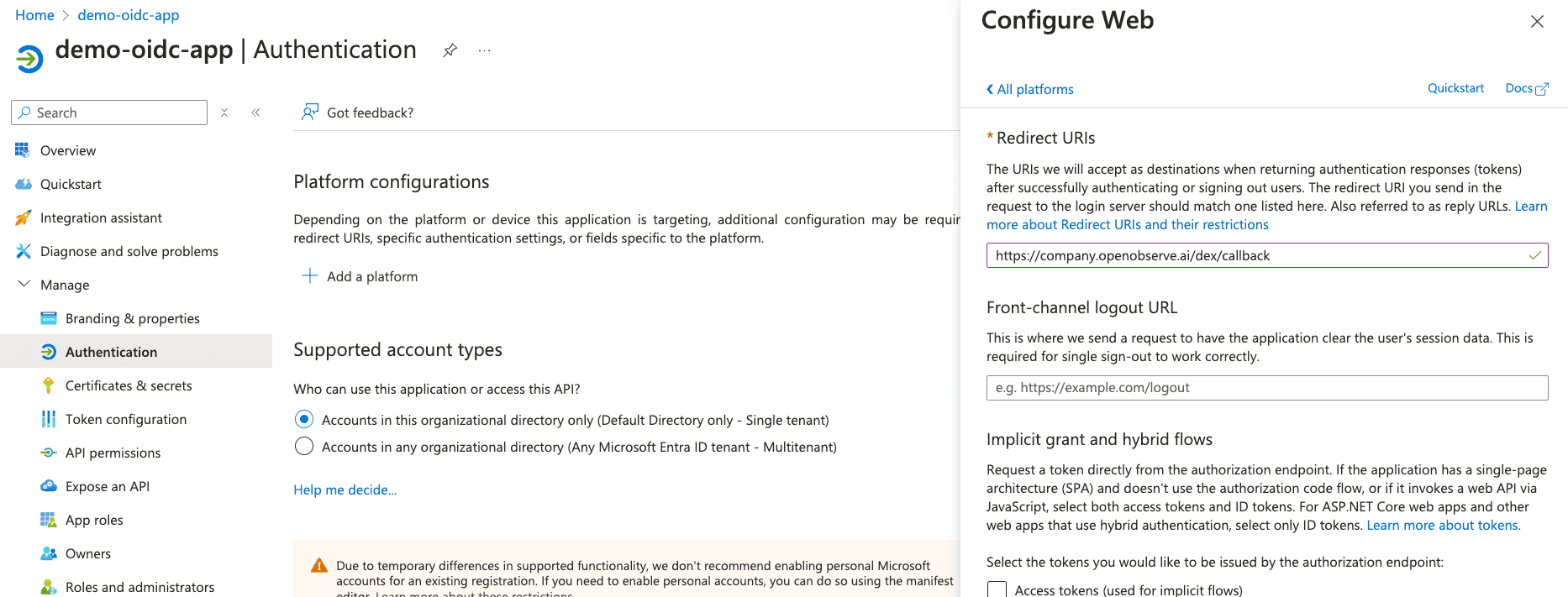
Finally, save it.
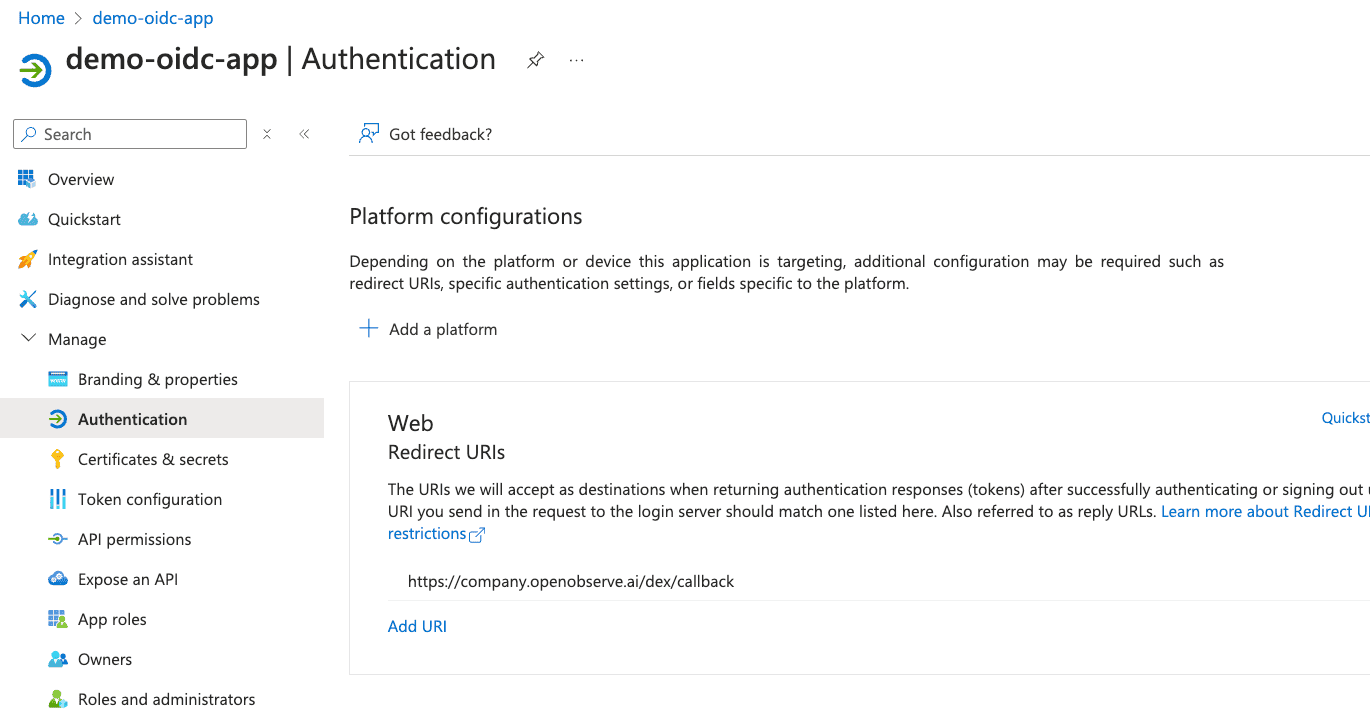
Copy the below snippet and make needed changes that are mentioned in the comments to be able to integrate Azure App into the connector.
dex:
enabled: true
parameters:
O2_CALLBACK_URL: https://domain.example.com/web/cb
O2_DEX_SCOPES: openid profile email groups offline_access
O2_DEX_GROUP_ATTRIBUTE: ou
O2_DEX_DEFAULT_ORG: default
O2_DEX_DEFAULT_ROLE: user
O2_DEX_ROLE_ATTRIBUTE: role
O2_DEX_NATIVE_LOGIN_ENABLED: "true"
O2_DEX_GROUP_CLAIM: "groups"
O2_DEX_LDAP_GROUP_ATTRIBUTE: "ou"
O2_DEX_LDAP_ROLE_ATTRIBUTE: "cn"
config:
issuer: https://domain-auth.example.com/dex
storage:
type: kubernetes
config:
inCluster: true
web:
http: 0.0.0.0:5556
expiry:
idTokens: 10m
refreshTokens:
validIfNotUsedFor: 60m
staticClients:
- id: o2-client
redirectURIs:
- https://domain.example.com/config/redirect
name: o2-client
secret: <> # This should be base64 encoded value of client secret.Gets mapped to O2_DEX_CLIENT_SECRET
oauth2:
responseTypes:
- code
skipApprovalScreen: true
connectors:
- type: microsoft
# Required field for connector id.
id: microsoft # if you want to add multiple connectors of same tenant or multi-tenant then change the id by keeping the prefix as microsoft-
# Required field for connector name.
name: Microsoft
config:
# Credentials can be string literals or pulled from the environment.
clientID: b9087229-dummy # add this from step3
clientSecret: 4qH8Q-dummy # add this from step5
redirectURI: https://domain-auth.example.com/dex/callback
tenant: eehuh-dummy # add this from step3
Finally upgrade/ install o2 via helm and then you will see Login with SSO that will allow yours users to login who belongs to your tenant.
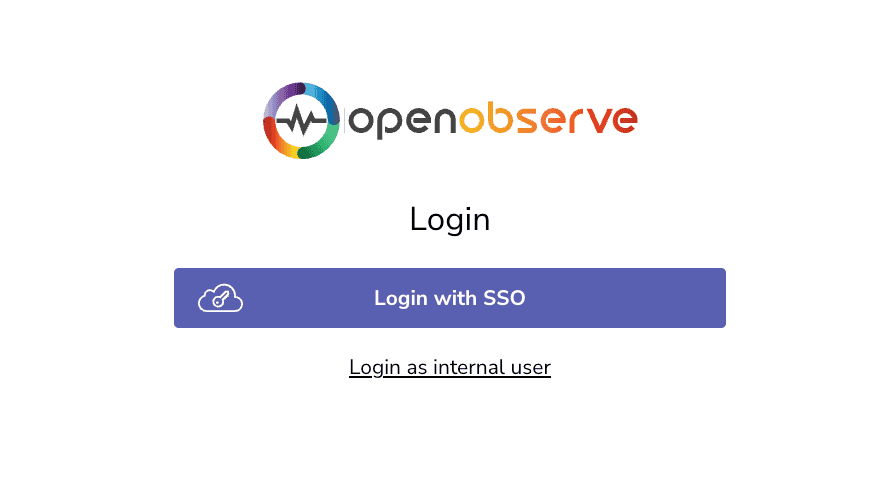
Integrating Azure AD with OpenObserve using Dex provides a secure, scalable, and modern authentication solution. By leveraging OpenID Connect, organizations can ensure seamless user authentication, improve security, and enhance performance compared to legacy authentication protocols like SAML. This setup not only simplifies user access management but also aligns with best practices for cloud-native applications. With Dex handling authentication, OpenObserve benefits from centralized identity management, reducing administrative overhead and ensuring a streamlined user experience.

Chaitanya Sistla is a Principal Solutions Architect with 17X certifications across Cloud, Data, DevOps, and Cybersecurity. Leveraging extensive startup experience and a focus on MLOps, Chaitanya excels at designing scalable, innovative solutions that drive operational excellence and business transformation.